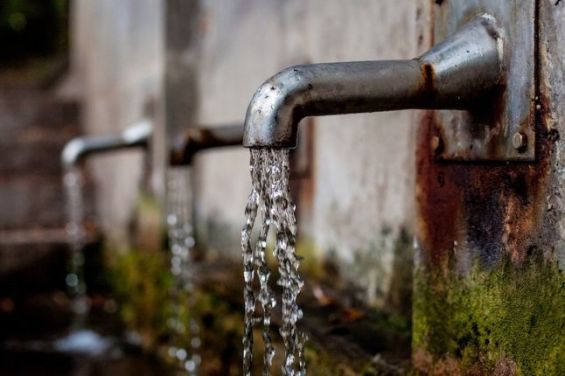On the occasion of the «Stockholm World Water Week» held in the Swedish capital from the 27th of August to the 1st of September 2017, the United Nations Children’s Fund (UNICEF) released its report on «the Progress on Drinking Water, Sanitation and Hygiene» for this year. An opportunity to insist on children’s access to drinking water.
«More than 180 million people do not have access to safe drinking water in countries affected by conflict, violence and instability around the world,» UNICEF warned. Sanjay Wijesekera, Head of the water, sanitation and hygiene department, said that «Children’s access to safe water and sanitation, especially in conflicts and emergencies, is a right, not a privilege». «In countries affected by violence, displacement, conflict and instability, children's most basic means of survival - water - must be a priority,» he insisted.
The UNICEF mentions several cases of conflict-ridden countries, such as Yemen and South Sudan, but it is more globally-focused. The report first cites Morocco as one of the 15 countries that are in the process of ensuring universal access to drinking water by 2030 alongside Laos, Indonesia, Sri Lanka and Mongolia. Furthermore, UNICEF points out that «large gaps exist between urban and rural coverage of services», adding that it has reached 50% in some areas.
64% of the rural population is supplied with drinking water
With its population rising from 28.95 million in 2000 to 34.37 million Moroccans in 2015, national estimates suggest that drinking water availability in Morocco have increased over the last 15 years. The report first indicates that 60% of the Moroccan population lived in cities in 2015, compared to 53% in 2000.
Overall, drinking water estimates at the national level covered 83% of the Moroccan population in 2015, compared to only 64% in 2000. For the rural part, the survey states that in 2015 drinking water was available for 64% of the rural population, compared to only 31% in 2000. In urban areas drinking water was accessible to 96% of the population in 2015.
For the rest of the world, the study indicates that in 2015, 71% of the world’s population (5.2 billion people) used a safe drinking water service, that is to say, available in case of need and without contamination. However, 844 million people still lacked a basic drinking water service, while 263 million people spent more than 30 minutes per trip to reach water resources.
For Morocco, with regards to improved water supply, the proportion of the population with secured access to this water increased to 69% in 2015, compared to 55% in 2000. Regarding the gap between urban and rural coverage, the report shows that only 39% of the rural population has access to good quality water safely, while 89% of the urban population is provided with improved and safe water.
Sanitation: 19% of the rural population still practices open defecation
Based on the national sanitation estimates, the document indicates that 83% of the Moroccan population had access to basic sanitation in 2015, compared to 69% in 2000. In the urban part, 89% of the population had access to sanitation in 2015, compared to 87% in 2000. Open defecation or the practice of people defecating outside and not into a designated toilet, the UNICEF reports that in 2000 2% of the urban population did not use toilets. On the other hand, 75% of the rural population received education on sanitation issues. However, 19% of the population still went for open defecation in 2015, compared to 50% in 2000. The document states that in 2015, 38% of the population had access to improved sanitation facilities, compared to 31% in 2000.
Worldwide, 39% of the world's population (2.9 billion people) used sanitation in 2015 and 27% of the world's population (1.9 billion people) used private sanitation facilities to the sewers from which the wastewater was treated. However, 2.3 billion people still lack basic sanitation, 600 million people used limited sanitation, while 892 million people in the world still practice open defecation, according to the document.





 chargement...
chargement...













